How To Read Guitar TABs
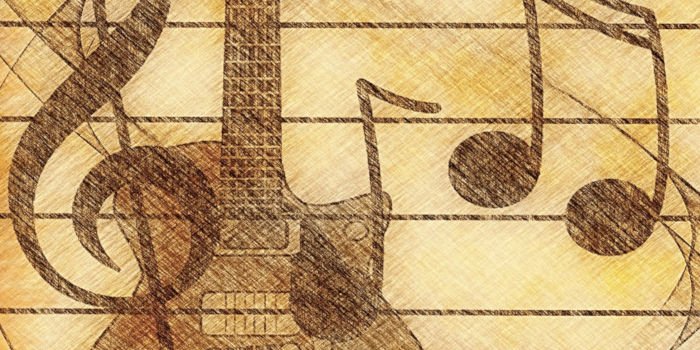
Published: 15/11/2016
Under: Guitar Lessons
One of the fun things about learning guitar is TAB. Like classical musicians have the staff, we had TAB. But, if you don’t how to read guitar TABs or even what tablature is, keep reading. Working on this skill will change your life and guitar playing!
TAB is simply an easy way to write and read music without learning to understand notes on the staff. Learning how to read guitar TABS will help you progress faster and allow you to learn so much.
If you don’t know the first thing about guitar TAB, don’t worry. We’ve all been there. By the end of this post, you’ll have a much better idea of how to read guitar TABs. Let’s Go!
What is Tablature (TAB)?
Tablature or TAB for short is a way to express where notes of a song occur on the guitar’s fretboard.
TAB is great for giving you an easy-to-understand way to learn songs, solos, and riffs. However, it does not display the rhythm. So unless you know the song, you’ll be confused.
Thankfully there is a solution. All musical notation software (such as Power TAB, which I used for all the examples) and good guitar teachers will write out the piece in standard notation with TAB below.
So, it’s critical you understand the different note values so you can correctly interpret the rhythmic element and be able to play the song just like the composer intended.
Reading musical notation is a whole other topic and one we’ll come to.
Understanding Guitar TAB
While it might look complex and written in a counter-intuitive way, TAB is quite easy to follow once understood.
Firstly, we have 6 lines. Each line represents a guitar string. What’s counter-intuitive, some might argue, is that the guitar’s strings are written backward.
The top line is the top E string, then B, G, D, A, and the lowest line is the bottom E string. Or like so:

Finding The Rhythm
Looking at the diagram above, I also included the notation staff. It’s just as important as the TAB staff.
Why? Even if you can’t read the notes, and we’ll come to that shortly, you need to be able to read the rhythm of the notes to play what’s written properly.
Let’s look at a simple song:

While this song isn’t great, it does help to understand why we need both tab and notation, even if it’s just for the rhythm. Our song is 4, which means we count 1 2 3 4 for each bar.
Looking across the line, we have 4 vertical lines, with the last doubled to mark the ending. Each of these spaces is a bar. And so we have 4 bars. We will, therefore, count to 4, 4 times!
Looking at each bar, the first and third bars only contain one note. In those bars, we play on the first beat, then hold and count the other 3 beats of that bar.
The chord in those bars is an A minor 7 chord.
So, we’re happy with the timing of two bars, halfway home! The second bar has two notes, each note is worth 2 beats. So, we play the first note on beat 1, and hold it over beat 2. We then move to the next note for beats 3 and 4.
The last bar contains a pentatonic scale lick. Nice! But, the timing is a little trickier. If we had four notes, we would play a note per beat. However, we have 6 notes.
I’ve divided beats 2 and 4 into two. We would play 1 note on beat 1. Next, play 2 equal notes in beat 2. Each would be half of the first beat and counted as ‘2’, ‘and’. Beat 3 contains one note. Beat 4 has two notes, again in the same space, and we count them as ‘4’, ‘and’.
So that’s how to read TAB in a nutshell. You might need to reread a few times to fully understand, but when you do, it will be life-changing!
Why Timing Matters
With the basics of how to read guitar TABs over, it’s worth focusing on rhythm.
Timing and rhythm matter more than the notes you play. Why? Good musicians want to play with others who have a great sense of time, rhythm, and are consistent.
If you’re just a beginner guitarist, don’t work on playing lighten fast as you’ll be really sloppy. Instead, work slowly with a metronome on your timing and build a solid foundation.
Again, those with excellent timing are more likely to get more gigs, play with better musicians, and are likely to enjoy playing more. If you’re unsure where to start, grab a copy of my FREE music theory ebook.
Writing TAB For Yourself
Now you have a better idea of how to read guitar TABs, let’s look at how to write it.
Let’s start with the major techniques which make the guitar unique. I’m talking about bending, hammer-ons/pull-offs, and sliding. All of these can be easily written out in TAB.
Bending

The above shows the most common bends, from a micro 1/4 tone bend to a tone and a half (3 frets). Some software programs will write the notation differently. However, as long as you have the starting note and the size of the bend, you’ll be fine.
Hammer-ons/Pull-offs

Hammer-ons and Pull-offs are easier to write. H is for Hammer-on. P is for Pull-off. When writing either or a string of both (like the third bar), remember to group the TAB with a bracket over the top.
Slides

Slides are shown in an easy-to-understand format.
Other
There are also things like tremolo picking, natural harmonics, and palm mute. It’s worth knowing that they exist, even if we don’t use them that much.
Should You Learn To Read Music?
So while learning how to read guitar TABs is very useful, consider learning how to read music. Reading notation isn’t easy but is very useful for teaching, certain types of gigs (like cruise ships, theater tours, TV, etc), and some studio work.
I know all of these might seem well beyond your current level, but it’s still a useful skill to have.
Learning to read music is way different from sight reading, which is a specialist skill only mastered by a few. If you can look at a sheet of music, and after trying to play it a few times, you’re effective in your ability to read music.
Master guitar TAB first. Next, work on reading and writing notation.


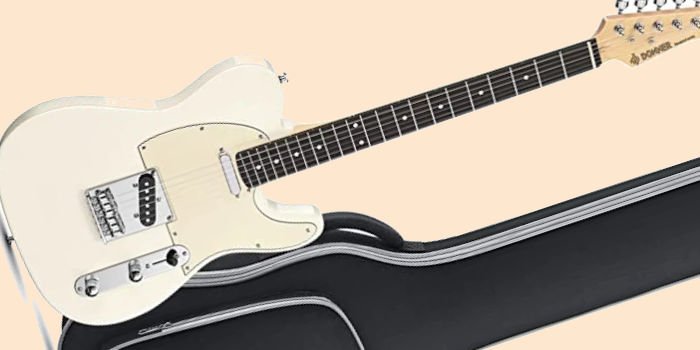
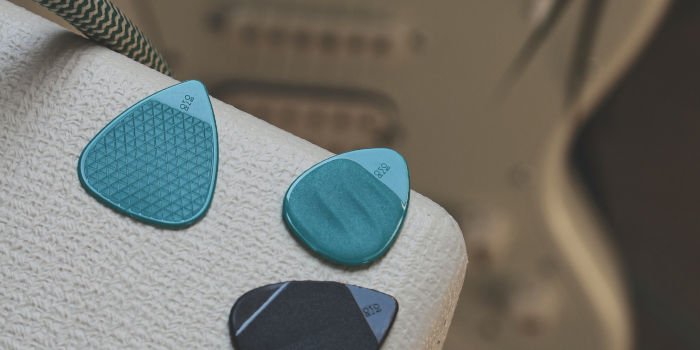
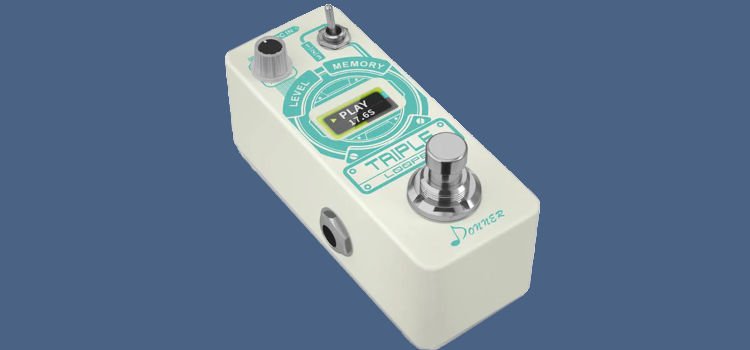
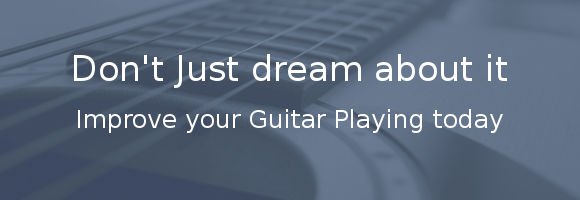
Leave a Reply